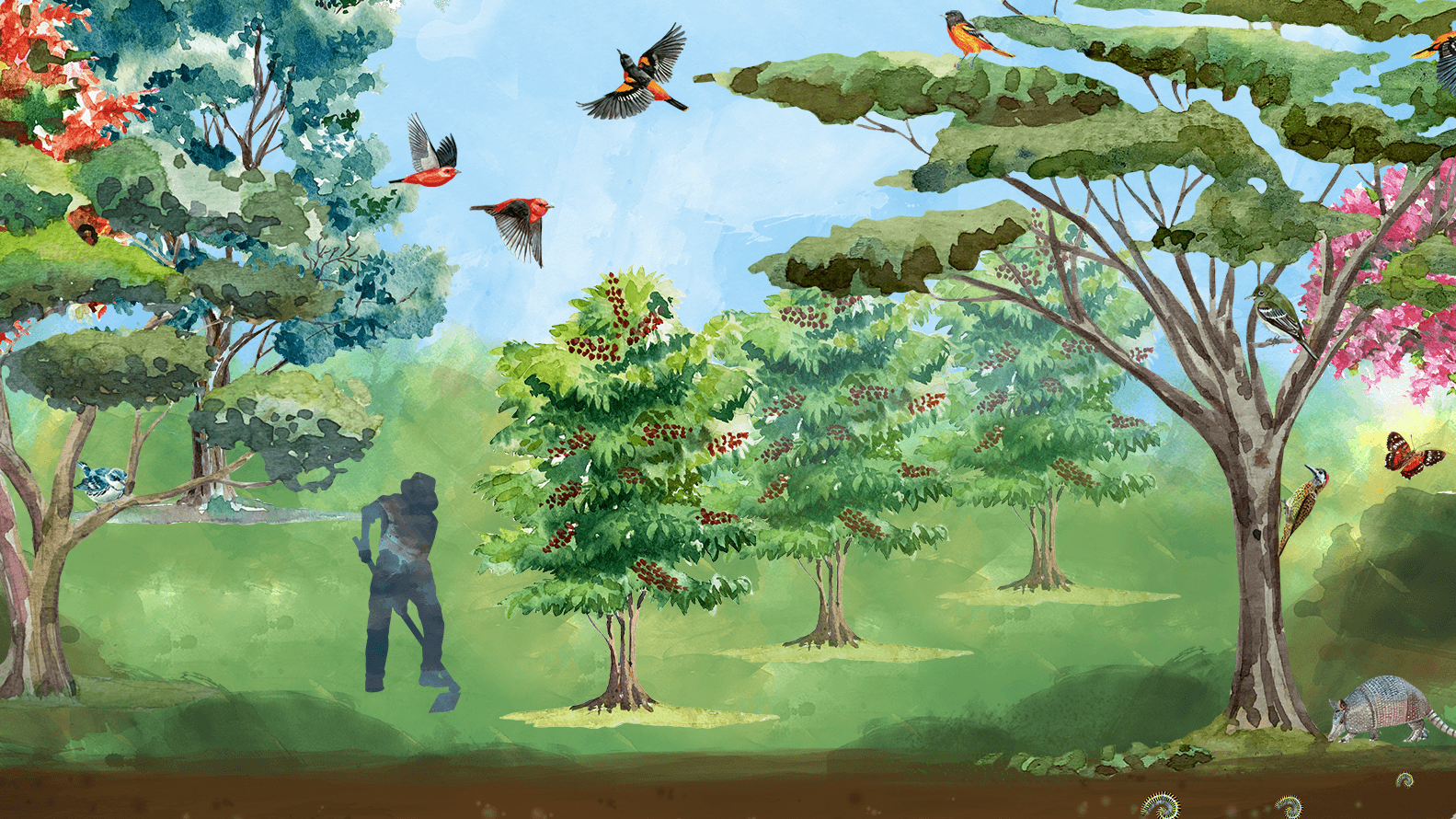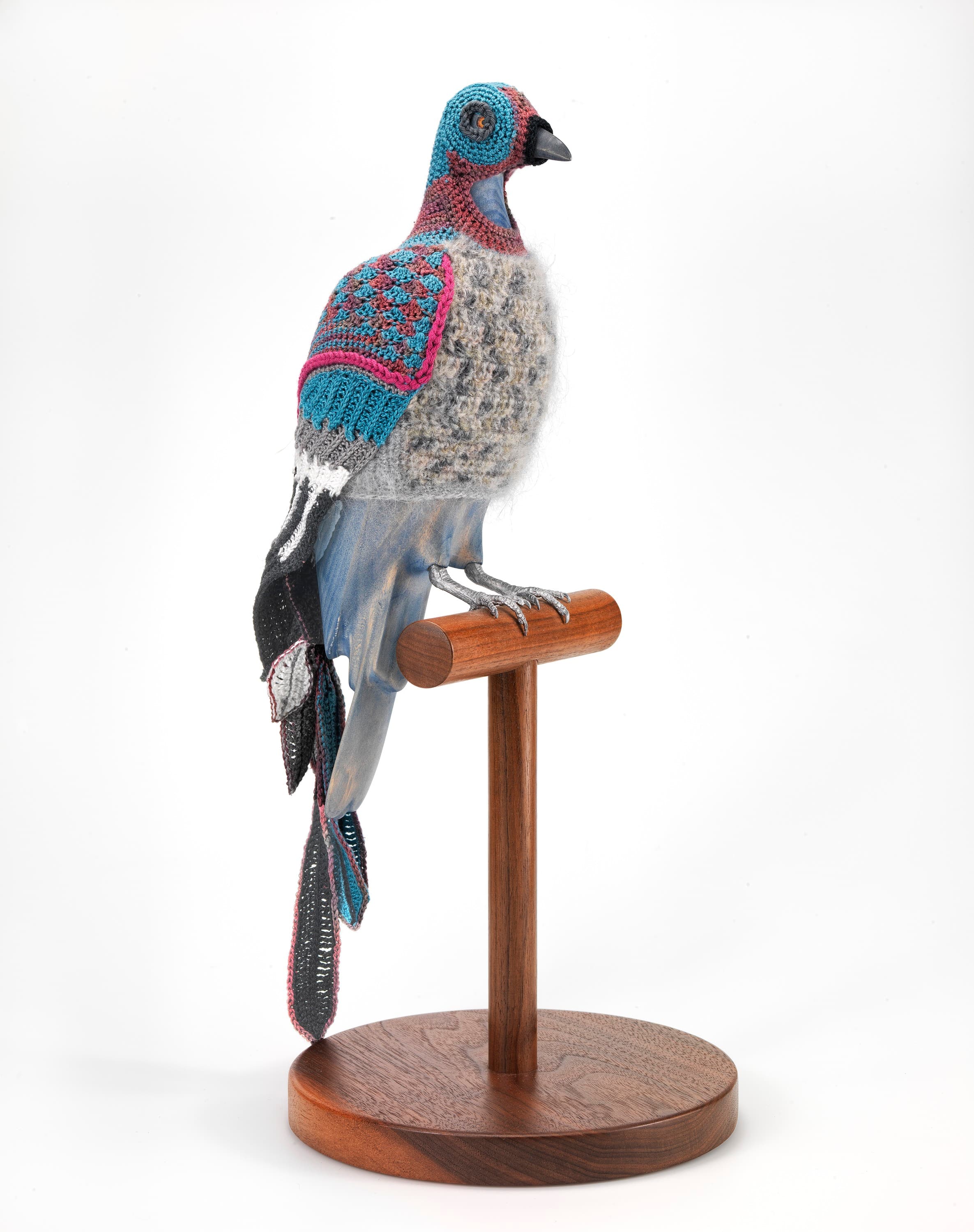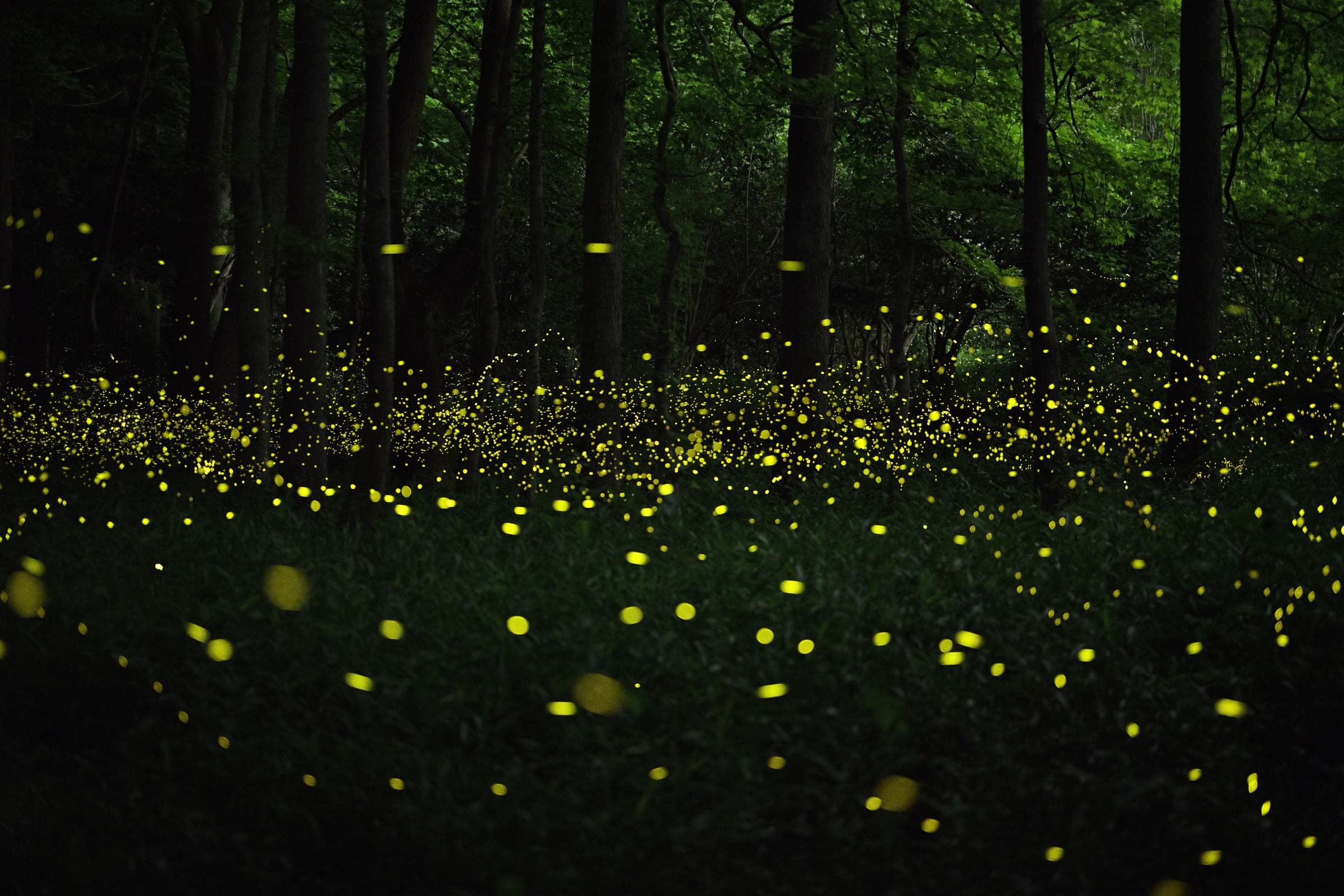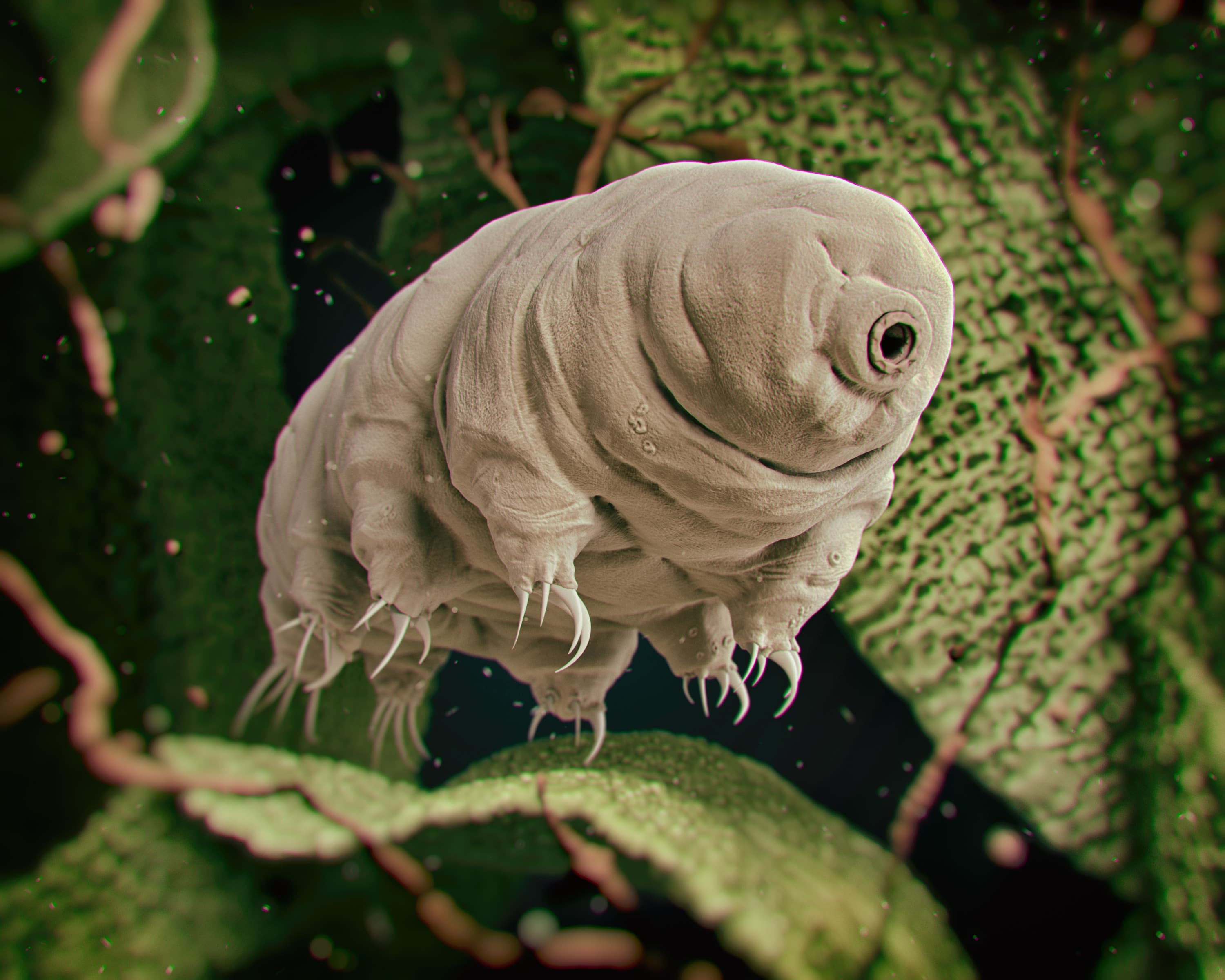
Microscopic Resilience: Lessons from the Tardigrade
In our quest to safeguard life on Earth, scientists at the Smithsonian's National Zoo and Conservation Biology Institute (NZCBI) are turning to the tiny yet mighty tardigrade for inspiration. These small creatures, also known as "water bears," are challenging our understanding of survival with their remarkable resilience to extreme conditions.
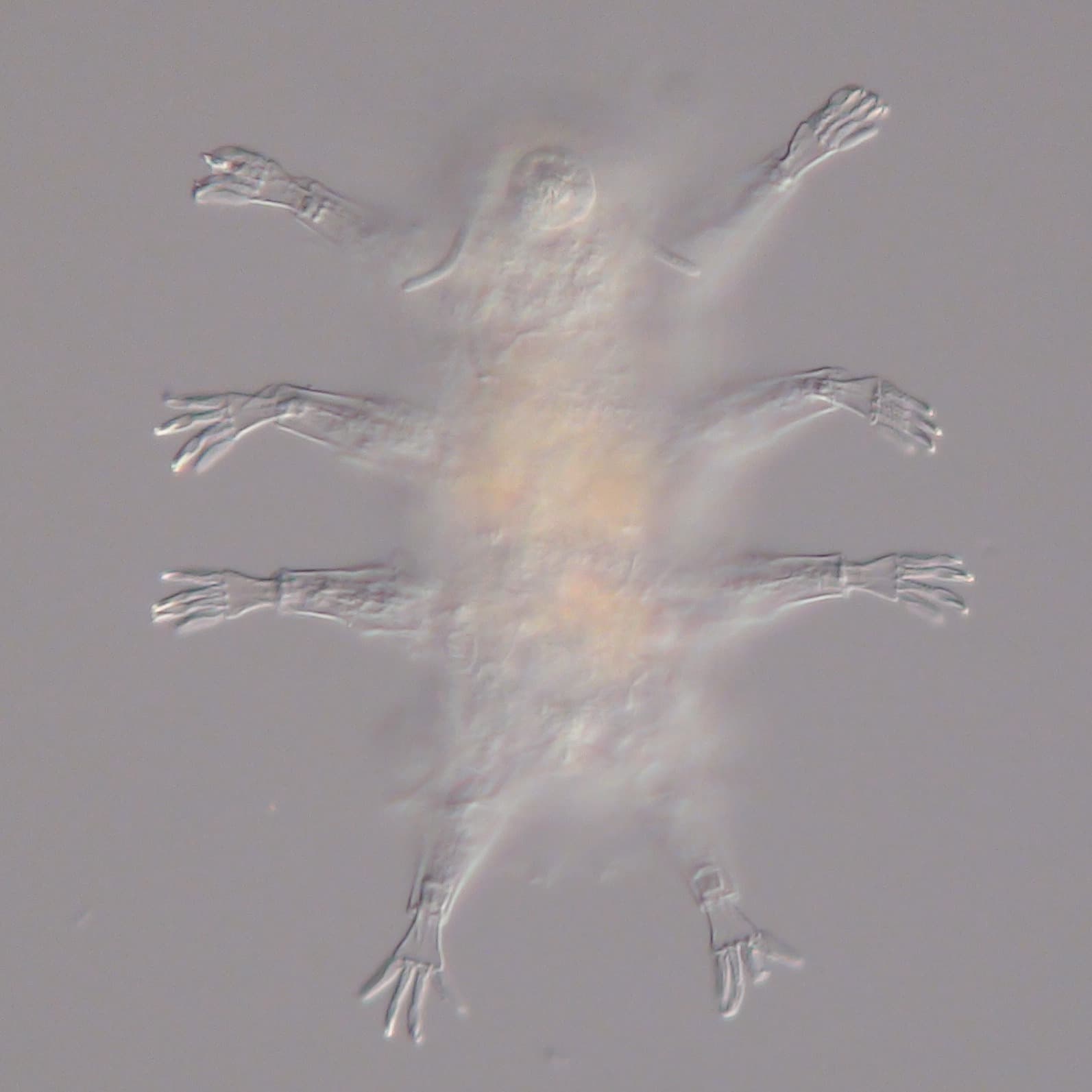
Tardigrade, Mutaparadoxipus duodigifinis from the Southeastern United States, in the collection of the National Museum of Natural History
Source: Gross, V., et al. 2014. A new tardigrade, Mutaparadoxipus duodigifinis gen. nov., sp. nov. (Heterotardigrada: Arthrotardigrada), from the Southeastern United States. Zootaxa. 3835 (2): 263-272.When you want to preserve something fresh so it lasts longer, you put it in the freezer. Similarly, scientists use cryopreservation to halt the biological clocks of cells, sperm and eggs of threatened or endangered species to store them long-term. This method, while effective, relies heavily on ultra-low temperatures and sophisticated equipment to maintain the viability of these precious genetic materials. But if the freezers containing those biological specimens fail or the temperatures fluctuate, these valuable materials could be lost.
Enter the tardigrade, a creature less than half a millimeter in size but capable of surviving a variety of inhospitable environments. From the freezing void of space to the scorching heat of volcanic vents, tardigrades are able to enter a dry state of suspended animation, reducing their bodily water content to near zero. They do this through a unique gene that produces sugars and proteins within their own cells, allowing them to sustain dramatic water loss (>90%). This remarkable resilience to extreme conditions is guiding innovative conservation methods that could transform the future of endangered species preservation.
Smithsonian scientists are making significant advances in exploring dehydration as a new way to preserve the genetic material of endangered species. This breakthrough opens up new opportunities in the fields of conservation and reproductive biology, all thanks to the tardigrade. With an estimated 90% of biodiversity still to be discovered, the quest for solutions to preserve life on our planet has never been more critical.
By replicating this method of dehydrating cells, researchers can potentially bypass the need for costly and energy-intensive freezing processes, storing biological materials at ambient temperatures with less risk and lower costs. While mammalian oocyte (egg) freezing is already used in many applications—such as human reproductive medicine, farm animal reproduction, and wildlife conservation—little is known about oocyte dehydration and storage at ambient temperatures. Smithsonian NZCBI scientists are making significant advances in exploring dehydration as a new way to preserve the genetic material of endangered species. Their research already shows potential, particularly through the successful partial dehydration and storage of mammalian oocytes. This breakthrough opens up new opportunities in the fields of conservation and reproductive biology, all thanks to the tardigrade.
A litter of clouded leopard cubs has been born as the result of an artificial insemination performed by scientists from the Smithsonian's National Zoo and Conservation Biology Institute. The two cubs were born at the Khao Khew Open Zoo in Chonburi, Thailand June 9, 2015. The artificial insemination was the first successful procedure performed on a clouded leopard outside of the United States. NZCBI and Khao Khew Open Zoo are members of the Clouded Leopard Consortium, which is building a sustainable population in human care of the elusive and threatened cats, and studying wild populations in Southeast Asia.
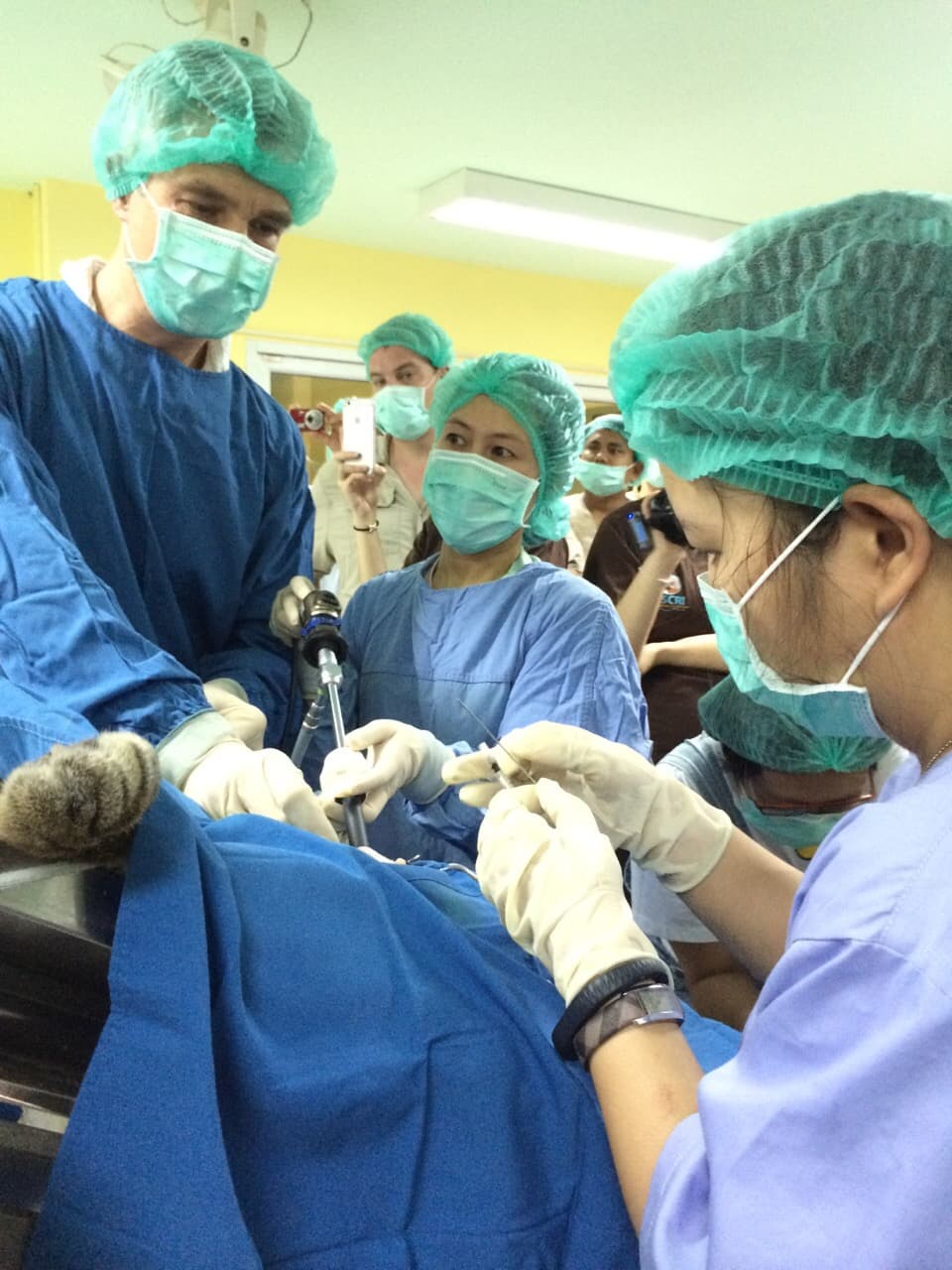
Reproductive physiologists and postdoctoral fellows from NZCBI and a doctoral candidate from Chulalongkorn University perform the artificial insemination on clouded leopard Gra Ding in March 2015 in Thailand.
Source: Clouded leopards born in Thailand via artificial insemination, Smithsonian's National Zoo and Conservation Biology Institute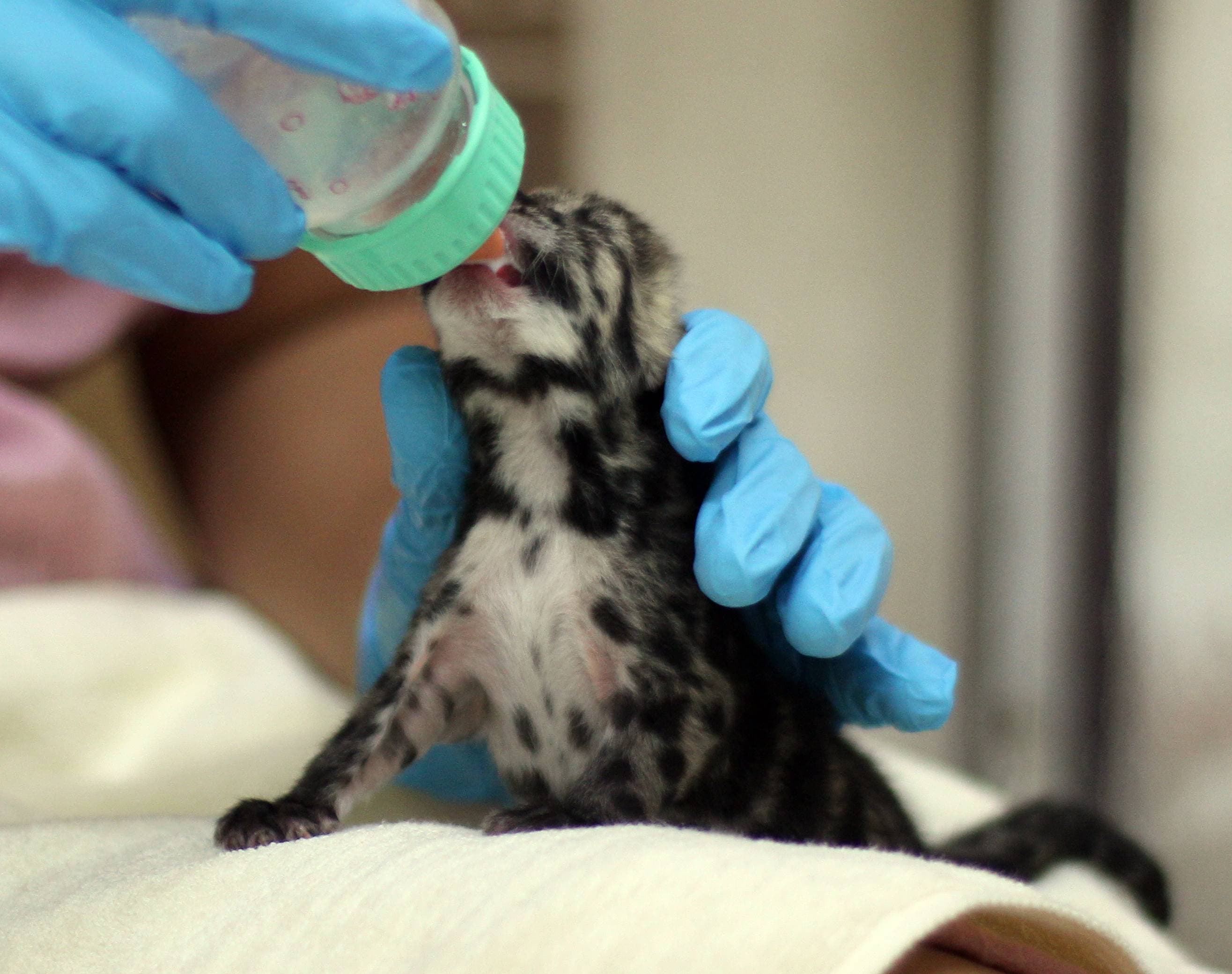
Keepers feeding one of clouded leopard Gra Ding's cubs, June 9, 2015, photo courtesy of Khao Khew Open Zoo.
Source: Clouded leopards born in Thailand via artificial insemination, Smithsonian's National Zoo and Conservation Biology InstituteThe journey into dehydration techniques for preservation is just beginning, but the future looks bright (and dry)! Armed with modern tools of genomics and metabolomics, scientists are leveraging the secrets of tardigrades and other extremophiles, discovering traits that could redefine our approach to biodiversity preservation. And with an estimated 90% of biodiversity still to be discovered, the quest for solutions to preserve life on our planet has never been more critical. This research not only expands our toolkit for conserving endangered species but also deepens our understanding of how other organisms demonstrate resilience and adapt to extreme environments.
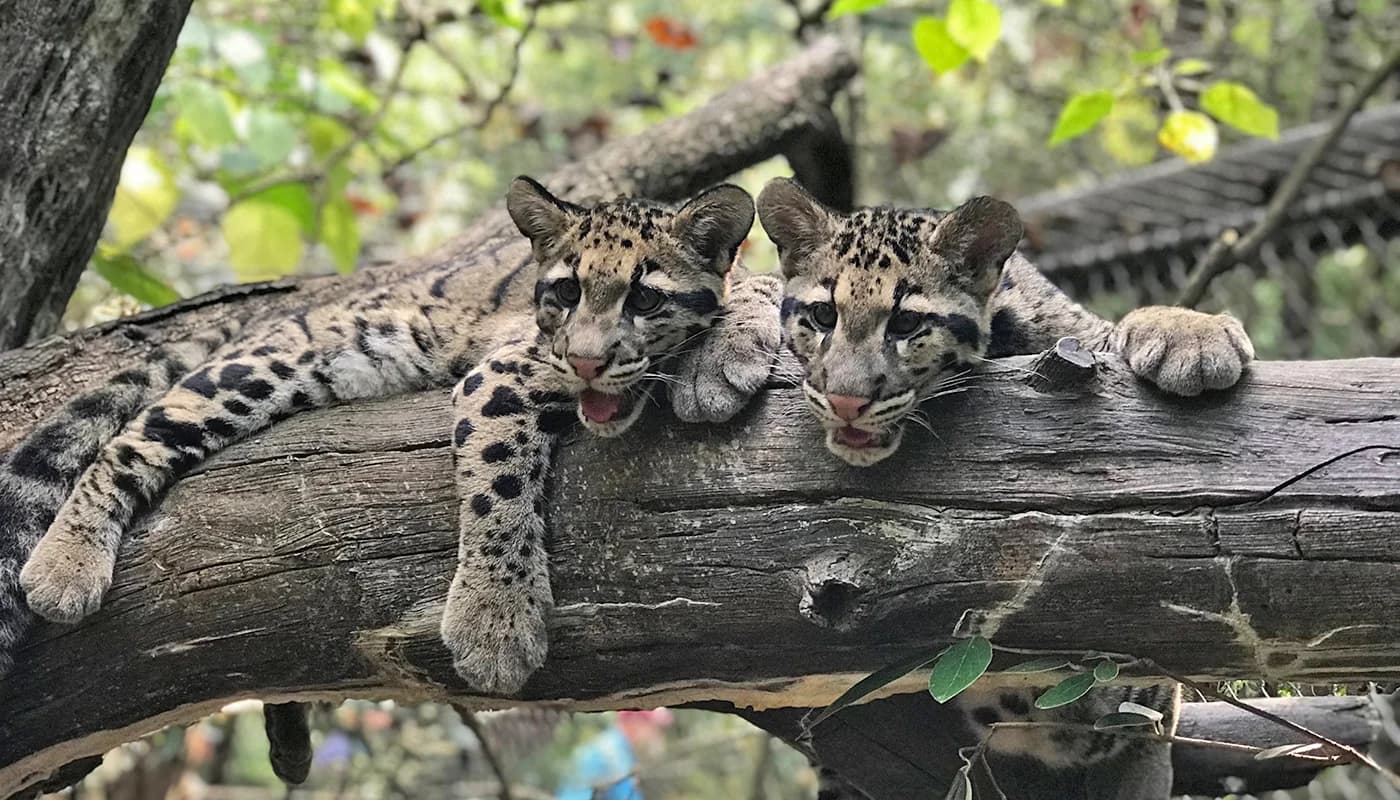
Clouded leopard experts at the Smithsonian's National Zoo and Conservation Biology Institute and around the world are working together to save this species through cutting-edge breeding research. Clouded leopards Jilian and Paitoon are just two of many reproduction success stories.
